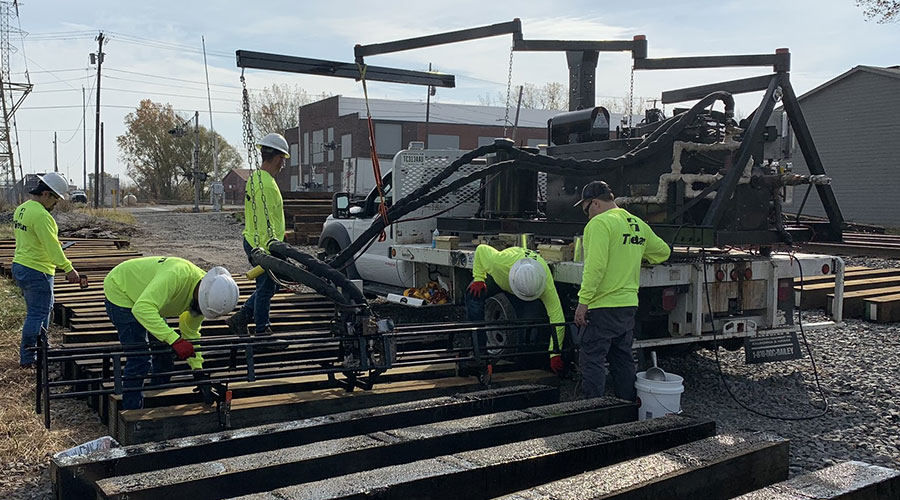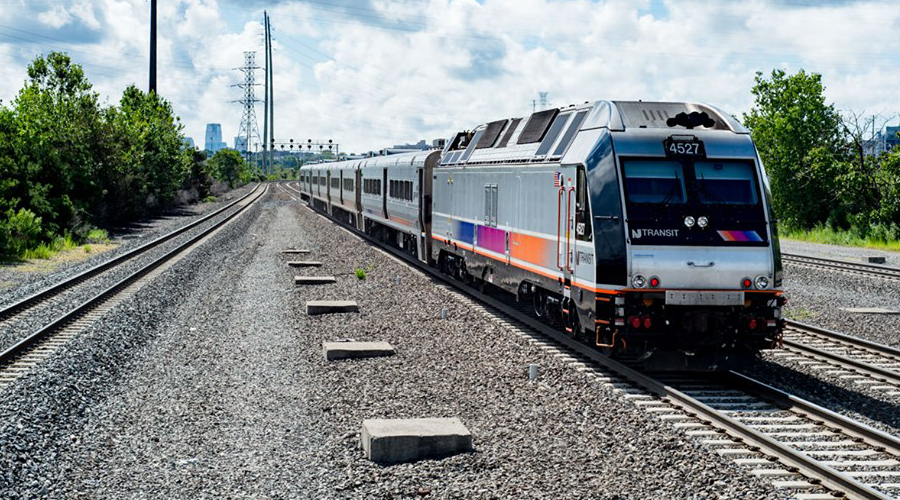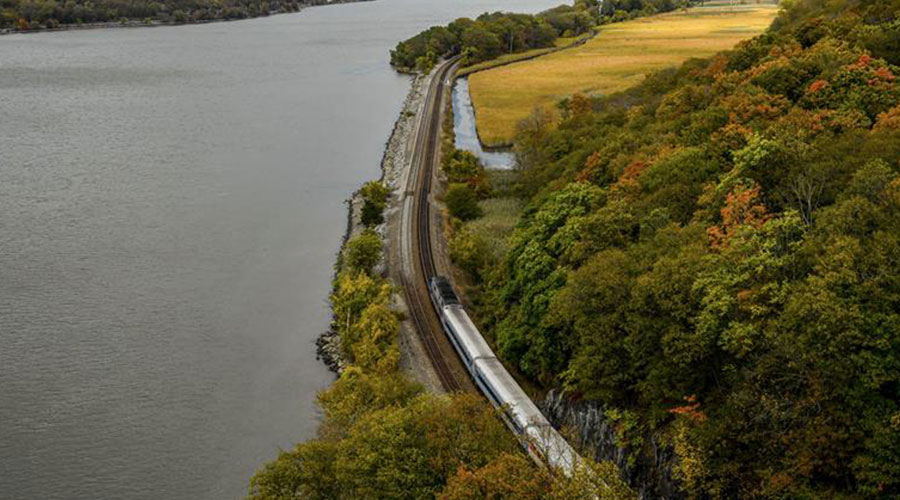Newsletter Sign Up
Stay updated on news, articles and information for the rail industry
Stay updated on news, articles and information for the rail industry
RAIL EMPLOYMENT & NOTICES
Rail News Home
Rail Industry Trends
Rail News: Rail Industry Trends
4/16/2009
Rail News: Rail Industry Trends
Retail import volume at U.S. container ports to decline at least through summer, report says
advertisement
Import cargo volume at major U.S. retail container ports fell again in March after dropping below the 1 million twenty-foot-equivalent (TEU) mark in February, the first time in seven years the total had fallen that low. And the volume declines should continue for at least a few more months, according to an IHS Global Insight-National Retail Federation (NRF) report issued Wednesday.
U.S. ports will handle an estimated 987,371 TEUs in April, which would represent a 22 percent drop compared with the same 2008 period, after handling an estimated 930,142 TEUs in March, a 19.7 percent decline compared with March 2008’s total, according to the IHS Global Insight-NRF monthly Port Tracker report.
Ports handled 847,832 TEUs in February, the fewest since March 2002 when they handled 818,342 TEUs. The total volume hadn’t fallen below 1 million since February 2004, when ports handled 901,497 TEUs.
Volumes will continue to post large monthly declines compared with last year at least through the summer, but should creep above 1 million in May, IHS Global Insight-NRF analysts believe.
“These numbers come during the slowest part of the annual shipping cycle, so they’re expected to be low, but they nonetheless show the severity of the current recession and its impact on the retail industry,” said Jonathan Gold, NRF vice president for supply chain and customs policy, in a prepared statement. “The good news is that we’ve already seen the bottom for the year, and month-to-month numbers are already starting to climb. We’re still going to see double-digit declines compared with last year, but the size of the gap is starting to narrow.”
U.S. ports will handle an estimated 987,371 TEUs in April, which would represent a 22 percent drop compared with the same 2008 period, after handling an estimated 930,142 TEUs in March, a 19.7 percent decline compared with March 2008’s total, according to the IHS Global Insight-NRF monthly Port Tracker report.
Ports handled 847,832 TEUs in February, the fewest since March 2002 when they handled 818,342 TEUs. The total volume hadn’t fallen below 1 million since February 2004, when ports handled 901,497 TEUs.
Volumes will continue to post large monthly declines compared with last year at least through the summer, but should creep above 1 million in May, IHS Global Insight-NRF analysts believe.
“These numbers come during the slowest part of the annual shipping cycle, so they’re expected to be low, but they nonetheless show the severity of the current recession and its impact on the retail industry,” said Jonathan Gold, NRF vice president for supply chain and customs policy, in a prepared statement. “The good news is that we’ve already seen the bottom for the year, and month-to-month numbers are already starting to climb. We’re still going to see double-digit declines compared with last year, but the size of the gap is starting to narrow.”


 2025 MOW Spending Report: Passenger-rail programs
2025 MOW Spending Report: Passenger-rail programs
 Gardner steps down as Amtrak CEO
Gardner steps down as Amtrak CEO
 Guest comment: Oliver Wyman’s David Hunt
Guest comment: Oliver Wyman’s David Hunt
 Women of Influence in Rail eBook
Women of Influence in Rail eBook
 railPrime
railPrime







